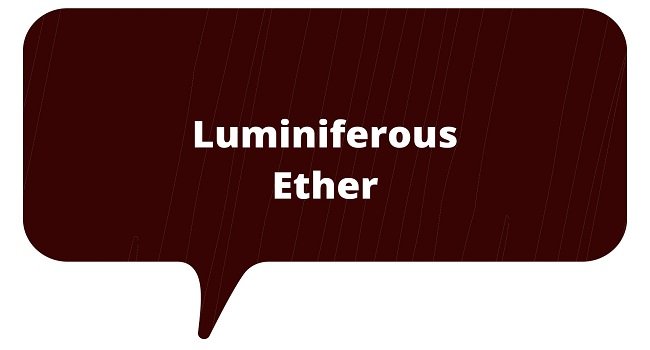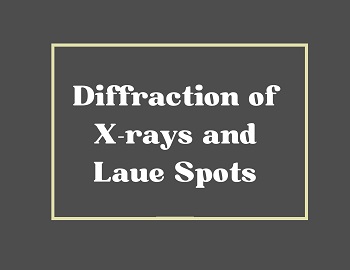Luminiferous Ether:
Newton referred to the fixed stars as the frame of reference to explain his laws. A search for a new frame of reference that is more fixed than the stars was carried on for a number of years. According to Maxwell, light waves are electromagnetic waves. Light waves are transverse and sound waves are longitudinal waves. Polarization confirmed that light waves are transverse waves.
A material medium is a necessity for the propagation of a wave. For light waves, a material medium called “luminiferous ether” was supposed to fill the free space. It had zero density and perfect transparency.
Transverse waves require shearing forces and these can occur in solids only. It means that ether must be a rigid solid filling the whole space. The velocity of wave propagation depends on the elasticity of the medium. As the velocity of light is very high the elasticity of ether must be very high. Thus the whole free space must be filled up with this medium called ether which is difficult to conceive.
If light is propagated through the ether medium, then in optical experiments, one would expect a change in velocity (drift) depending upon the direction in which the light is propagated with respect to the motion of the apparatus. Considering Earth to be moving in its orbit around the sun with a velocity of 3 x 104 m/s and the velocity of light 3 x 108 m/s the ratio between the two is 10-4. Earth can be considered to be moving through the stationary ether. This led to the experiments of Michelson and Morely in 1881-1887 to detect the luminiferous ether.









Comments (No)